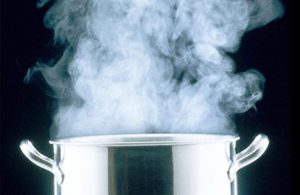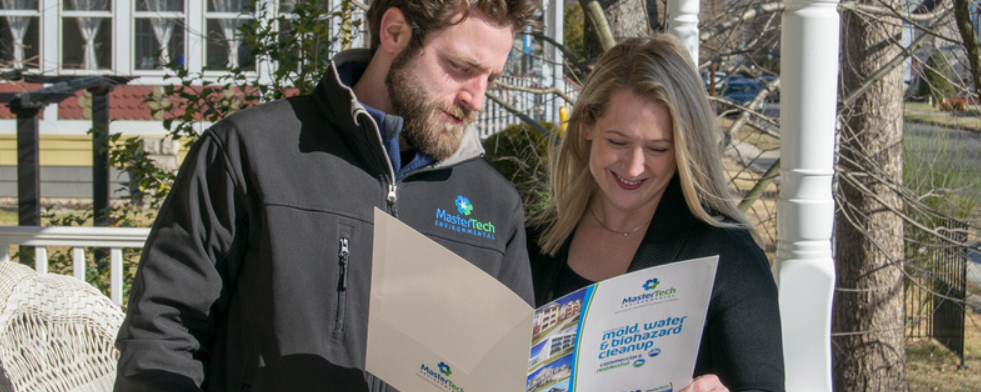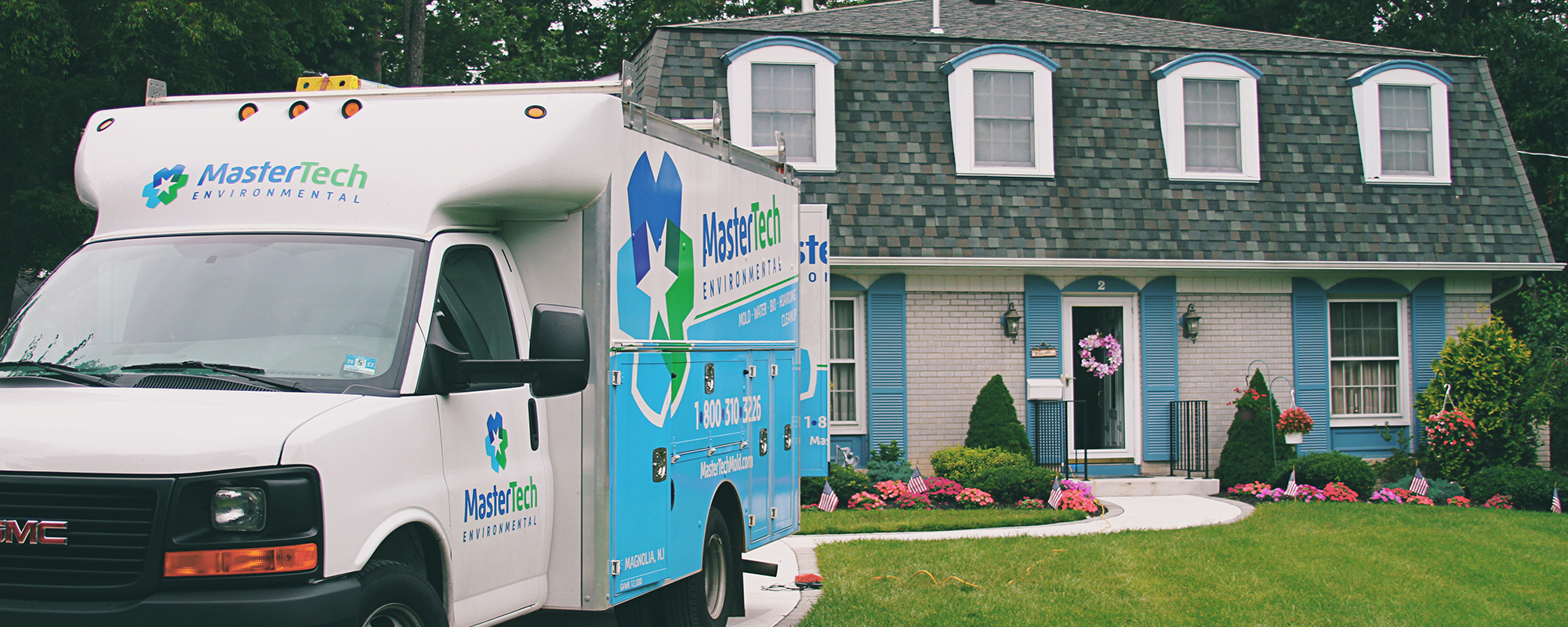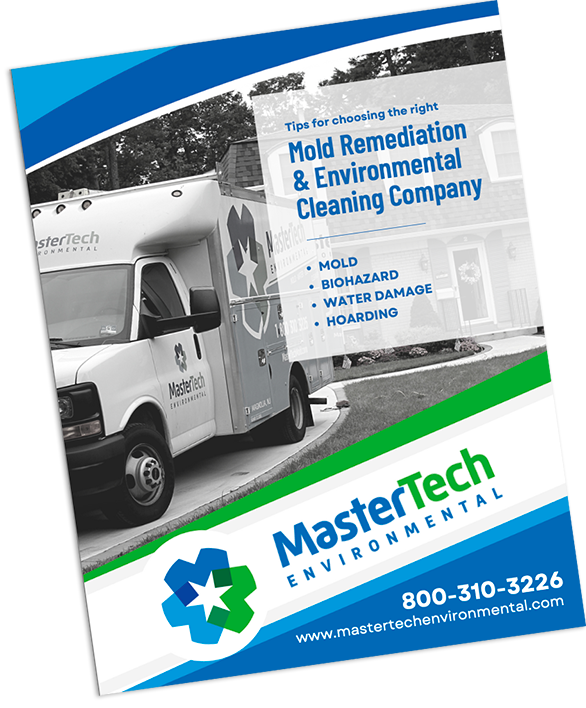What Comes Next? – Prevent Mold From Returning
So you’ve just wrapped up your mold remediation and you may be unsure of what to do next. In some cases, the issue may be completely resolved and you’re good to go. However, many homeowners need to do some maintenance on their end to prevent mold from returning to the space.
Post-Remediation Maintenance
The number one thing you’ll need to maintain in order to prevent mold from returning is moisture control. In home remediations, the cause of mold is almost always excess moisture. This can be a relatively easy fix, as long as you know what steps to take. Depending on the area in which the remediation took place, there are different plans of attack for post-remediation maintenance.
Basement Moisture Control
- Basements can be a breeding ground for excess moisture if not properly maintained. After your remediation, ensure that the source of moisture is taken care of. This may have been a leak, a crack in your foundation, or a flood. As long as there is no more unwelcome water coming into the basement, you’ve already taken the first step. Because basements can sometimes be stuffy and dank, you want to ensure that proper ventilation is being employed. This can help to give excess moisture in the air a passageway out of your basement so that it can not cause any more damage. If you are still experiencing excess moisture via humidity, consider employing the use of a dehumidifier. The ideal humidity level in a home is between 35% and 50%.
Kitchen Moisture Control
 It is nearly impossible to completely prevent moisture in your kitchen. Daily activities such as cooking and doing the dishes create a lot of steam and moisture. The number one thing you can do to prevent mold from returning in your kitchen is to ensure that proper ventilation is being employed. Open a window while you are cooking or running the dishwasher. Make sure that you have a fan running during these activities as well. This will help to give that extra moisture a place to go so that it doesn’t get trapped in your kitchen.
It is nearly impossible to completely prevent moisture in your kitchen. Daily activities such as cooking and doing the dishes create a lot of steam and moisture. The number one thing you can do to prevent mold from returning in your kitchen is to ensure that proper ventilation is being employed. Open a window while you are cooking or running the dishwasher. Make sure that you have a fan running during these activities as well. This will help to give that extra moisture a place to go so that it doesn’t get trapped in your kitchen.
Bathroom Moisture Control
 Similarly to kitchens, the sheer nature of this area makes it very difficult to prevent moisture a bathroom. Showers and baths create not only a lot of steam, but the potential for water seepage as well. Proper ventilation should be employed in this area any time you are showering. An extra step you can take to prevent seepage in your bathroom is to dry off the shower walls and the inside of the tub or stall after you are finished bathing. You can use an extra towel, or even a squeegee to accomplish this. It may seem excessive, but in order to prevent mold from returning, it is a small sacrifice to make.
Similarly to kitchens, the sheer nature of this area makes it very difficult to prevent moisture a bathroom. Showers and baths create not only a lot of steam, but the potential for water seepage as well. Proper ventilation should be employed in this area any time you are showering. An extra step you can take to prevent seepage in your bathroom is to dry off the shower walls and the inside of the tub or stall after you are finished bathing. You can use an extra towel, or even a squeegee to accomplish this. It may seem excessive, but in order to prevent mold from returning, it is a small sacrifice to make.
Generalized Moisture Control
- You may have had your remediation done in another area entirely, where moisture may not be as common of an issue. Areas such as living rooms, bedrooms, and other random corners of the home are not exempt from experiencing mold and excess moisture. Since there is generally no source of moisture that needs to be monitored, such as a sink or shower, any moisture that enters the area is considered intrusive. Water damage of this nature should be taken care of before or during your remediation. To prevent mold from returning to these areas, the use of a dehumidifier may be your best bet. As previously mentioned, humidity levels within the home should be kept between 35% and 50%. If there is no other moisture source in the area, this should significantly reduce the risk of excess humidity causing recurring mold damage.
 Knowledge Is Power: Educate Yourself On Post-Remediation Mold Prevention
Knowledge Is Power: Educate Yourself On Post-Remediation Mold Prevention
As always, these tips are not the end all be all of post-remediation mold prevention. While these strategies will greatly diminish the opportunity for regrowth, you should always do more research to educate yourself on the subject. The more knowledgeable you are in mold prevention strategies, the less likely it is that you will see mold returning in the future. Of course there are circumstances beyond your control such as flooding or leakage that may cause future water damage. However, having these post remediation prevention strategies in your arsenal will ensure that you can address any potential moisture issues that come your way. If you are looking for more professional guidance, don’t hesitate to ask your area’s professional mold remediation specialists for some tips on further preventing mold from returning in your home post-remediation.



